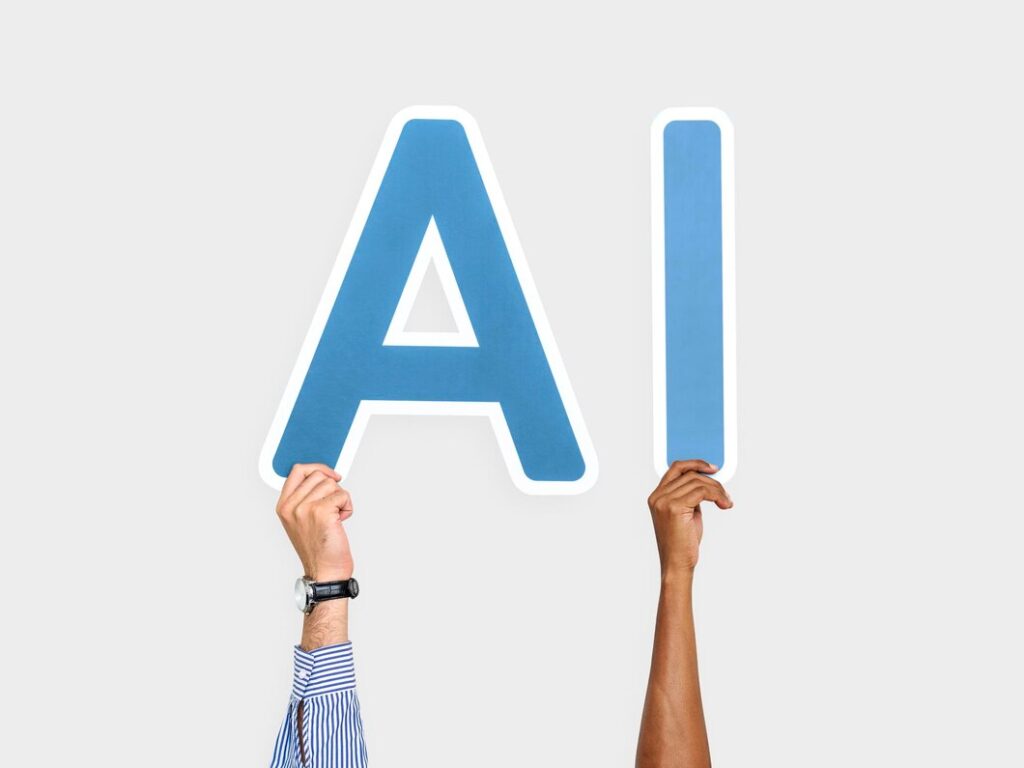
In a digital world driven by automation, one question keeps popping up—how do we make AI content to human in a way that truly connects with readers? Let’s be honest, while AI is an incredible tool for content creation, it often lacks the human spark. That magic touch that makes people feel heard, understood, and engaged.
If you’ve ever read a blog post that sounded like a robot wrote it, you already know what we’re talking about. So, let’s dive into how you can take AI-generated content and transform it into something authentic, relatable, and—most importantly—human.
What Does “AI Content to Human” Really Mean?
Breaking Down the Concept
At its core, converting AI content to human means rewriting machine-generated text to feel like it was written by a real person. It’s not just about grammar or sentence structure. It’s about tone, flow, emotion, and context.
Why It Matters
People connect with people—not machines. Whether you’re writing a blog post, an ad, or a product description, the goal is to resonate with the audience. And AI, for all its genius, can’t fully mimic the human experience (yet).

The Rise of AI-Generated Content
Time-Saving and Scalability
AI tools can whip up a 1000-word article in seconds. That’s a game-changer for marketers and writers under pressure.
The Human Touch Dilemma
But here’s the catch: AI tends to write in a generic, robotic way. Without editing, your content may sound boring or inauthentic.
Common Signs of AI-Written Content
Robotic Tone
AI can sound too perfect or stiff. Think textbook language without personality.
Repetitive Phrases
You’ll often see the same sentence structures or keywords repeated unnaturally.
Lack of Personalization
AI doesn’t know your audience like you do. It misses out on slang, jokes, and references that make content relatable.
Why Converting AI Content to Human Style Is Essential
Building Trust with Readers
Authentic writing builds credibility. People trust content that feels like it’s coming from a real person.
Improving Engagement
Humanized content keeps readers interested, leading to lower bounce rates and more conversions.
Better SEO Performance
Google rewards quality content. Humanized AI writing tends to rank better because it reads naturally and offers value.

How to Turn AI Content to Human Text Effectively
Rewrite for Tone and Flow
Read the content out loud. Does it sound like something you’d actually say? If not, tweak the tone and rhythm.
Inject Personal Experiences
Even a short personal story can make content 10x more engaging. Make it feel lived-in and real.
Add Humor and Emotion
Throw in a joke or a heartfelt line. Emotional connection drives user loyalty.
Use Conversational Language
Ditch the jargon. Talk to your readers like you’re having coffee with them.
Tools and Techniques to AI Content to Human Content
Editing Tools
Grammarly and Hemingway help polish grammar and readability.
Readability Checkers
Use tools like Readable to ensure your content is easy to understand.
Human Proofreaders
Nothing beats human intuition. A quick review by a real editor makes all the difference.

Best Practices for Humanizing AI Content
Know Your Audience
Write like you understand their problems, needs, and sense of humor.
Avoid Keyword Stuffing
Yes, SEO matters. But stuffing in “ai content to human” every sentence won’t help. Be natural.
Prioritize Storytelling
People remember stories—not stats. Use storytelling to get your point across.
Challenges When Converting AI Content to Human
Over-Editing
You don’t want to strip away the structure. Keep the good parts AI created and build around them.
Losing Original Message
Stay true to the intent of the content. Editing for style shouldn’t change the meaning.
Real-Life Example of AI Content to Human Rewrite
AI Version:
“Content marketing is a technique used by businesses to increase sales and engagement.”
Humanized Version:
“Ever read a blog that made you want to buy something without even realizing it? That’s content marketing working its magic.”
See the difference?
Future of AI and Human Collaboration in Writing
The future isn’t humans vs. AI—it’s humans and AI. Think of AI as your writing assistant. Let it do the heavy lifting, and you do the polishing. It’s a partnership that’s only going to get better with time.
So, there you have it. Turning AI content to human isn’t just a trend—it’s the secret sauce for creating content that stands out. It’s about balancing efficiency with empathy. Let AI generate the bones, but let your creativity bring it to life.
With the right strategies, tools, and a little bit of personal flair, you can turn robotic-sounding articles into captivating reads that drive results.
FAQs About The AI Content to Human Content
What does “AI content to human” mean?
It refers to editing AI-generated text to make it sound like it was written by a real person—natural, emotional, and engaging.
Why should I humanize AI content?
Humanized content builds trust, connects with readers, and performs better in search engines.
Can AI-generated content hurt my SEO?
Only if it’s poorly written or lacks value. Edited and optimized AI content can rank just fine.
How do I make AI content sound human?
Edit for tone, add personal experiences, use simple language, and focus on storytelling.
What tools help with humanizing AI content?
Grammarly, Hemingway, Readable, and human editors are all great for making AI content feel more authentic.
